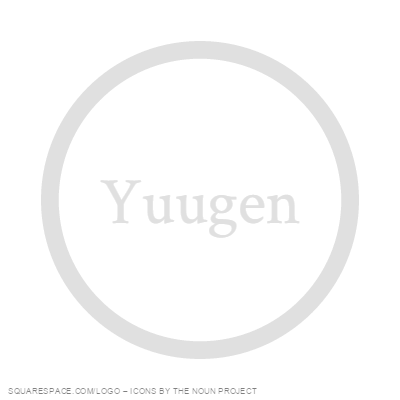Rinnôji is a major temple complex in Nikko, a town in the mountains a few hours to the north of Tokyo. As I mentioned in the Introduction to Temples page, Rinnôji is home to the Buddhist embodiments of the local deities of Nikko (be sure to see Nikko Futarasan Jinja for the local deities). In this case, the local deities of Nikko are the three great mountains which surround the area and are enshrined not too far away. Rinnôji is home to several different halls to various Buddhist figures including Amida Buddha, Fudo Myô, Shakyamuni Buddha (the Historical Buddha), and several others. Though these halls are spread throughout the greater Nikko Tôshôgû complex, I will be focusing this post on the main buildings on the south side of the shrine. If you're interested in collecting Goshuin, many of these halls have their own seals for collecting.
For the casual: 9. To the educated: 9.
Rinnôji is spread out around Nikko Tôshôgû which can make it a little confusing from time to time as to which hall is part of the temple and which is part of the shrine. The reason for this confusion has to do with the larger history of both belief systems in Japan sharing the same buildings and complexes, but the Meiji Restoration in 1868 made a great many changes including the separation of Buddhism and Shinto causing many of the larger complexes to split into individual halls. The center of the temple is the the Sanbutsudo, a massive red building housing the three Budhist incarnations I mentioned above. The Sanbutsudo is the heart of the temple complex is where visitors will be able to see not only the three main Buddhas, but also the venerated images of past monks and divine beings. A hallway near the exit has a series of small statues, each one is the divine guardian based on the Chinese zodiac. For example, if you’re like me and born in the year of the rooster, your guardian deity is the fiercesome Fudo Myô. This is an amazing temple complex, and make sure to go to the Fudo Myô Hall behind the Sanbutsudo to see priests perform a goma, rituals with a bonfire.
Other halls that are apart of this complex are the Hall of the Roaring Dragon, also called the Yakushido, in the Tôshôgû complex, and Taiyûinbyô to the west.
